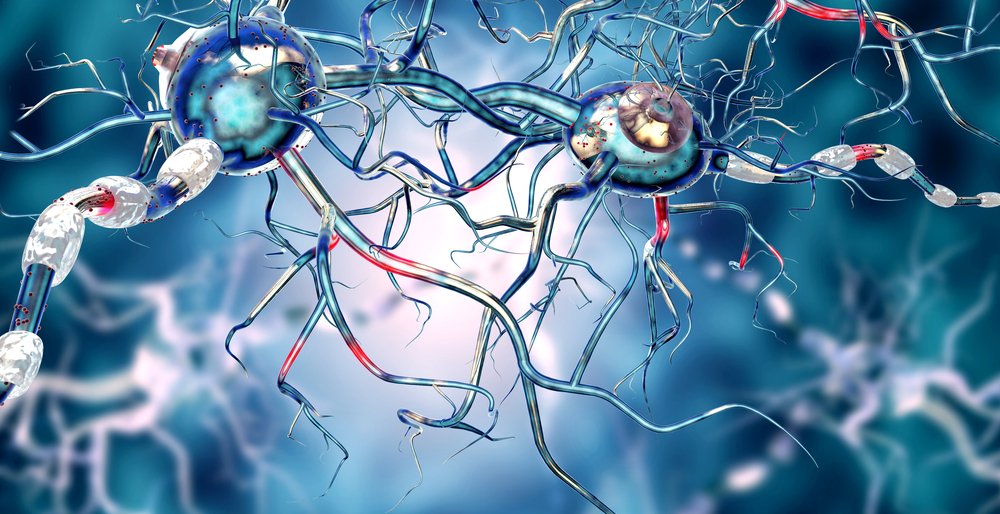Common Disease Mechanisms Found Between Type of Batten Disease and Form of Adult Dementia

Researchers have found common disease mechanisms between a type of Batten disease and a form of adult neurodegenerative disease.
The study, “Individuals with progranulin haploinsufficiency exhibit features of neuronal ceroid lipofuscinosis,” was published in the journal Science Translational Medicine.
Batten disease, or neuronal ceroid lipofuscinoses (NCLs), is the most common group of pediatric neurodegenerative disorders, characterized by vision loss and seizures, as well as progressive cognitive and motor difficulties.
It is caused by a genetic defect, typically inherited from both parents. More than 400 mutations in 14 different genes, referred to as CLN1 to CLN14, have been identified.
Patients with Batten disease have defects in the processes involved in breaking down a substance called lipofuscin, which accumulates inside cells in components called lysosomes (parts of the cell responsible for breaking down waste), becoming toxic.
This group of diseases are mainly inherited in an autosomal recessive manner, which means that a child has to inherit two defective copies of a gene (one from each parent) for symptoms to develop.
CLN11 disease, one of the 14 types of Batten disease, is caused by mutations in the GRN gene, leading to a deficient function of progranulin, a protein thought to be involved in lysosome function.
While individuals with two defective copies of the GRN gene (one from each parent) develop CLN11, those with one defective copy and one healthy copy of the GRN gene are considered carriers of the disease — meaning that they do not develop the disease, but can still transmit the disease to their children.
However, most GRN mutation carriers develop frontotemporal dementia, a neurodegenerative disease of older adults that usually causes behavioral changes, language impairment, or motor difficulties.
While it is known that these individuals have reduced levels of progranulin, the fact that CLN11 and frontotemporal dementia present distinct primary symptoms has made the link between these two disorders controversial.
However, a recent discovery that early eye degeneration occurs in people with one defective copy of GRN before the onset of dementia increased suspicion that other NCL-related features may be present in these patients but may have been overlooked.
University of California researchers evaluated whether GRN mutation carriers showed hallmarks of NCL, including the accumulation of lipofuscin and waste molecules in lysosomes, and lysosomal dysfunction.
The team analyzed the accumulation of lipofuscin in the eyes of 11 gene carriers and 22 age- and sex-matched healthy controls, enrolled through the University of California, San Francisco (UCSF) Memory and Aging Center, using a noninvasive imaging technique.
Carriers had a substantially greater number and area of lipofuscin deposits in the eye (including those with no dementia symptoms), than controls. Also, the skin cells of GRN mutation carriers showed lysosomal dysfunction compared to healthy individuals.
Increased accumulation of lipofuscin and NCL-related storage molecules was also present in postmortem frontal cortex tissue — a region of the brain that is mainly affected in frontotemporal dementia — of GRN mutation carriers, compared to those of Alzheimer’s patients and people with no signs of dementia.
Notably, the accumulation of NCL-related storage material in immune cells collected from GRN mutation carriers could be reversed through the normalization of progranulin levels. This supported the link between low levels of progranulin and the accumulation of NCL-related storage molecules in GRN mutation carriers.
“Our findings indicate that progranulin … [partial deficiency] caused accumulation of NCL-like storage material and early retinal [eye] abnormalities in humans and implicate lysosomal dysfunction as a central disease process in GRN-associated [frontotemporal dementia] and GRN-associated NCL,” researchers wrote.
Also, they believe their previous finding of mild eye degeneration in people with one defective copy of GRN and total vision loss in CLN11 patients suggests an association between a number of defective GNR gene copies and the severity of eye damage.
However, the team notes that additional studies are necessary to reinforce their conclusions.





